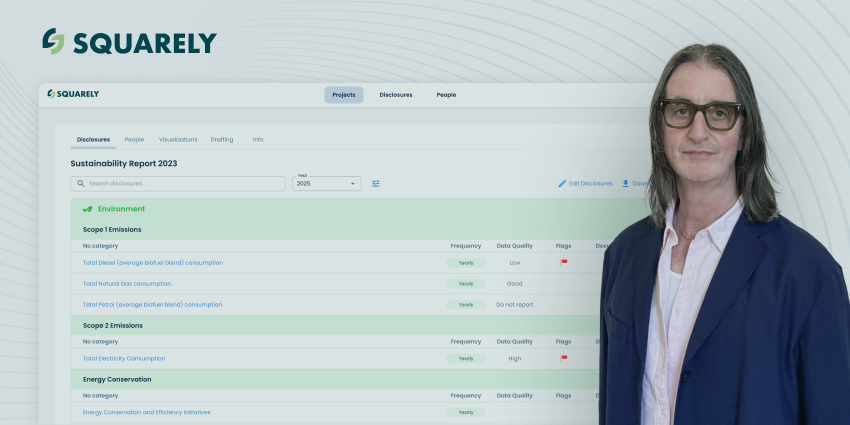Climate Risk Assessment, a Strategy Driver for UAE Banks
A green transition at any organisation, and especially financial institutions, starts at the top. For climate action and climate risk management, an engaged and well-informed management and board is essential.
July 3, 2023 scored the highest temperature degree ever recorded, with forecasts already indicating that this record will be broken several times this year. We can see the impact of these record-breaking temperatures around the world with heat waves killing over 44 people in India and over 112 in Mexico; the US and China experiencing several blistering heat waves and over 500 active fires tearing through Canada’s forests. This is only the beginning of a far more daunting and detrimental climate change impact series of events that will change life as we know it. As extreme weather events rise in frequency and intensity, governments and financial institutions are expected to lead the way and provide solutions to mitigate and remedy the impacts of climate change.
Climate Risks as Financial Risks
Financial institutions increasingly recognise climate change impacts and climate risks as financial risks, and they are expected to act on two fronts: manage their own financial exposure and help finance green transitions and agendas. Further, these institutions are under rising pressure from regulators and stakeholders to take effective action in tackling climate risks. Although some institutions have made progress on this, many of them are still facing arduous challenges in navigating this task due to a lack of reliable data and specialized skills, and unfamiliarity with emerging risks. With organisations moving forward with their climate agendas we are witnessing vague commitment and more green washing.
Principles on Climate-Related Financial Risks
From March to May 2023, the Financial Services Regulatory Authority (FSRA) of the Abu Dhabi Global Market, together with other members of the UAE Sustainable Finance Working Group (SFWG), facilitated consultation on the Principles for the Effective Management of Climate-Related Financial Risks.
The SFWG expects the set of principles to guide each firm in incorporating climate-related financial risk management into the organizations’ risk management framework and the overall business strategy, assigning climate-related financial risk management responsibilities within the organization, monitoring and reporting of climate-related financial risks, and scenario analysis of climate-related financial risks among others.
The principles are derived from the Task Force on Climate-related Financial Disclosures (TCFD) framework, created as a global standard for corporate climate-related disclosures.
Counterparty Risk
A green transition at any organisation, and especially financial institutions, starts at the top. For climate action and climate risk management, an engaged and well-informed management and board is essential. As put forward by the TCFD framework, senior stakeholders have a crucial responsibility in addressing climate action where both recommended disclosures for the Governance pillar concern the board and executives. The management of climate risk within a bank exhibits greater complexity compared to that in traditional firms because of counterparty risk. Consequently, bank boards and management must acquire a comprehensive understanding of the potential emergence of climate risks within their institution’s portfolio. This does not mean that the mentioned senior stakeholders need to be climate experts but to clearly comprehend the nature of transition and physical risks and their potential impacts on their clients.
Climate Risk Management Strategy
When setting a climate risk management strategy, it is imperative to keep in mind that climate risks do not exist in isolation from other risks but can instead interact with and exacerbate others. Every strategy will vary based on the objectives of the institution and on its current and projected exposure to different types of climate risks and opportunities. However, there are some common considerations in the development of climate-resilient strategies. To incorporate climate considerations effectively into strategic decision-making, one beneficial approach is to assess the physical and transition risks and opportunities specific to various sectors and geographic locations, and subsequently classify these risks into categories based on their impacts on the supply side and demand side. Executives can use the metrics and guidance provided by the TCFD Risk Management Pillar to set a strategy around climate risk and track progress.
As we have already mentioned, climate risk management and assessments are still highly challenging practices whether for financial institutions or regulators due to many factors, primarily attributed to the lack of quality and consistent data. Nonetheless, climate change and its impact intensity are accelerating faster than predicted and prompt and effective actions with tangible positive impacts in the next decade are imperative in defining humanity’s future.




